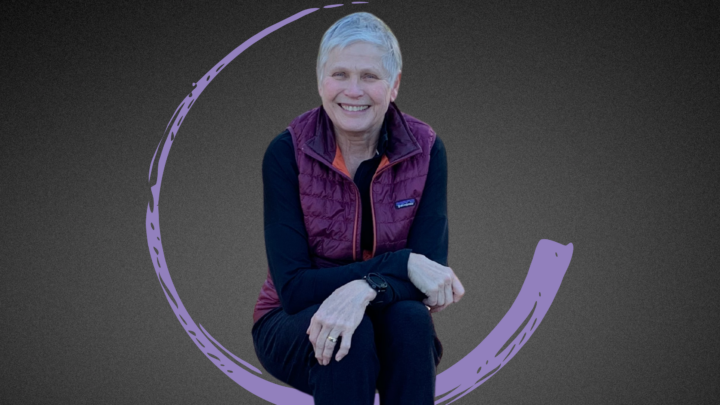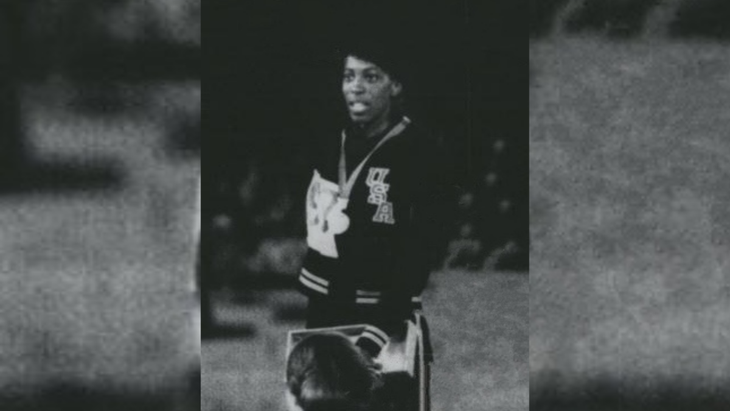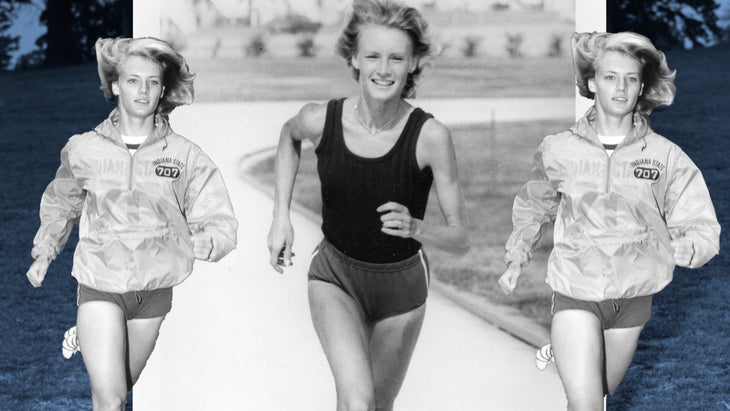Products You May Like
Get access to everything we publish when you
sign up for Outside+.
Before racing a 10,000-meter race in Puerto Rico in the late 70s, Charlotte Lettis Richardson and her fellow female competitors were asked to disrobe in front of doctors to prove their womanhood.
It sounds outrageous and a humiliating story, but it’s true. At the time, Richardson was an elite-level runner, having won a cross country national championship in 1974 and qualified for the U.S. 1976 Olympic Trials in the 1,500-meter run. But in that era, long-distance running was still socially taboo in many countries—unbelievably, the longest women’s Olympic event was only 1,500m until 1984—which is why officials and even spectators questioned the ability of Richardson and her competitors.
Richardson re-told that humiliating story in episode 7 of the Starting Line 1928 podcast, a women’s running oral history podcast that launched in 2021 through a labor of love and ingenuity. The retelling of gender barriers faced by female distance running pioneers reflects one of the many insights listeners glean from the 22 episodes of the podcast.

“We can learn a lot from history,” says Cara Hawkins-Jedlicka, part-of the Starting Line 1928 leadership team. “We’ve come so far in such a short time, but as a society and culture there’s more we can do.”
It was 1928 when women were allowed to start running in the Olympics, 32 years after the original modern Olympics was founded in Athens. There were five track and field events for women that year in Amsterdam: the 100-meter dash, 4×100-meter relay, high jump, discus throw, and the 800-meter run.
German runner Lina Radke won the 800 in 2:16.9. But after the race there were fabricated reports of women’s extreme fatigue after racing the Olympic 800 that made the newspaper headlines, not Radke’s record-breaking time. As a result, the event—which was, like today, a race that consisted of two laps around a 400-meter track—was removed as an option for women until 1960.
The recorded voices of pioneers like Radke are lost. For the most part, all we have left of their stories are those written by male newspaper reporters at the time. Fortunately, there are ongoing efforts to capture the stories of the many pioneers who helped shape women’s distance running in the 1960s, 70s and 80s.
Recording Historic Voices
In 2013, Olympic middle-distance runner Amy Yoder Begley began working with Road Runners of America and interviewed more than 50 female running pioneers as the start of an oral history project. Fourteen of the interviews were released as a podcast.
Gary Corbitt (son of the legendary distance runner Ted Corbitt) was aware of this project and wanted to continue preserving American female distance running history. He recruited volunteers via Allison Wade’s Fast Women newsletter. Author Cindy Kuzma, academic researcher Cara Hawkins-Jedlicka, freelance writer Johanna Gretschel and former RRA president Freddi Carlip (episode 5) all offered their help. In the summer of 2020, the four leaders began communicating as to how to organize the podcast.
They started working from a list of runners compiled by Corbitt and then added names from Amby Burfoot’s book First Ladies of Running. They continue to discover new voices to add to their roster. The technology learning curve has been a challenge for some older guests unfamiliar with Zoom. Tracking down women’s contact information has been another barrier, although episode 6 pioneer Jacqueline Hanson (first woman to break the 2:40 in the marathon) has been a huge help. She has pulled from the information she gathered to organize a reunion of those who ran in the inaugural U.S. Olympic Trials Marathon in 1984.
One group that the podcast aims to feature includes Black female distance running pioneers. Many of them have spoken about the additional layer of racial discrimination they faced in their sport. This includes having to stay in different housing, being excluded from many competitions and a lack of sponsorship opportunities, not to mention often being told they couldn’t claim prize money after winning a race. (Listen to Alisa Harvey in episode 4 for more about that.)
“Black runners tended to get shuffled into the sprints under 800 meters,” says Hawkins-Jedlicka, project manager for Starting Line 1928 podcast. Black runners featured in the podcast demonstrated that they could be successful in long-distance events too. Episode 11 features Michelle Tiff-Hill, the first Black woman to qualify for the U.S. Olympic Trials in the marathon in 1984. And in episode 16 we hear from Michelle Cuke, the second fastest American-born Black female to break 3 hours in the marathon.

In episode 9, 1968 Olympic 800-meter gold medalist Madeline Manning Mims reports, “My winning broke a myth, and the myth was that women of color could not run long distances because they only had fast twitch muscles,” she says. Mims, a three-time Olympian and 10-time national champion, recalls rival coaches not wanting her to race in cross country meets for fear she’d win. “They were afraid that I would take their girls’ trophies from them.”
Telling Important Stories
The audio format of the podcast provides an intimacy in storytelling that author and journalist Kuzma says is different from the written word. “You can read about challenges that women runners have faced in the past and obstacles that they’ve overcome, but to hear them tell the stories and take you back to that time in their own words—it really just hits differently on an emotional level,” says Kuzma, also co-host of the Injured Athletes Club podcast.
Themes revealed through the podcast’s stories support the saying, “The more things change, the more things stay the same.” What seemed relevant 50 years ago, is still relevant today.
One such theme is the female runner’s struggle to balance training, work, and parenthood. Take for example, Bjorg Austrheim-Smith who won the Western States 100 ultramarathon in 1981, 1982, and 1983. She reports in the very first episode that she got into running to get back into shape after having her three kids. Her mom sent her a running stroller so she could bring the kids with her. She sometimes logged 200 miles in a week pushing a stroller.
“I was doing it for my own survival, because I was a stay-at-home mom,” Austrheim-Smith says. “And I felt that I needed to do something for me, because I felt like my brain was dying.”
From the 1928 Olympics until even now, there have been many who have feared running makes women more masculine. In episode 22, Grace Butcher, now 89, talks about a posed photo in which she stood, with her husband and four kids, stirring an empty pot. The three-time national champion at 880 yards and organizer of the first high school women’s cross country event, explains how photos like these were arranged to satisfy gender role expectations.

When Cheryl Treworgy (then Bridges) set the world record in the marathon in 1971, one newspaper headline read, “Pretty Cheryl Enjoys Running.” That was despite her already long list of achievements that included becoming the first woman to receive an athletic scholarship to a public university in 1966, placing fourth in the World Cross Country Championships in 1969 and setting several American records on the track. Little did she know that her daughter, four-time Olympian Shalane Flanagan, would continue to help define women’s running for decades to come.
Most pioneers knew of each other and were inspired by each other. Hawkins-Jedlicka says the phrase, “If you can see it, you can be it,” is reflected in the pioneers’ stories.
“Their overall resilience and fight is very strong within all of them,” Hawkins-Jedlicka says. “They were doing something that they loved. At the time, I don’t think a lot of them realized they were making such big gains.”
In 2022, Starting Line 1928 applied for and won the Tracksmith Fellowship for creative running-related projects. With this additional funding, it was able to pay for an audio editor, a website, and historians to gather the pioneer stories.
“We’re hoping to find other sources of support moving forward so that we can continue these efforts,” Kuzma says.”It’s really important, and there are many more women that we haven’t heard enough from yet.”
How to get involved: Send a message to startingline1928@gmail.com expressing your interest in both writing and interviewing to document these stories. If you are accepted, you will be asked to do a few hours of training. Then you’ll be assigned someone to interview.
